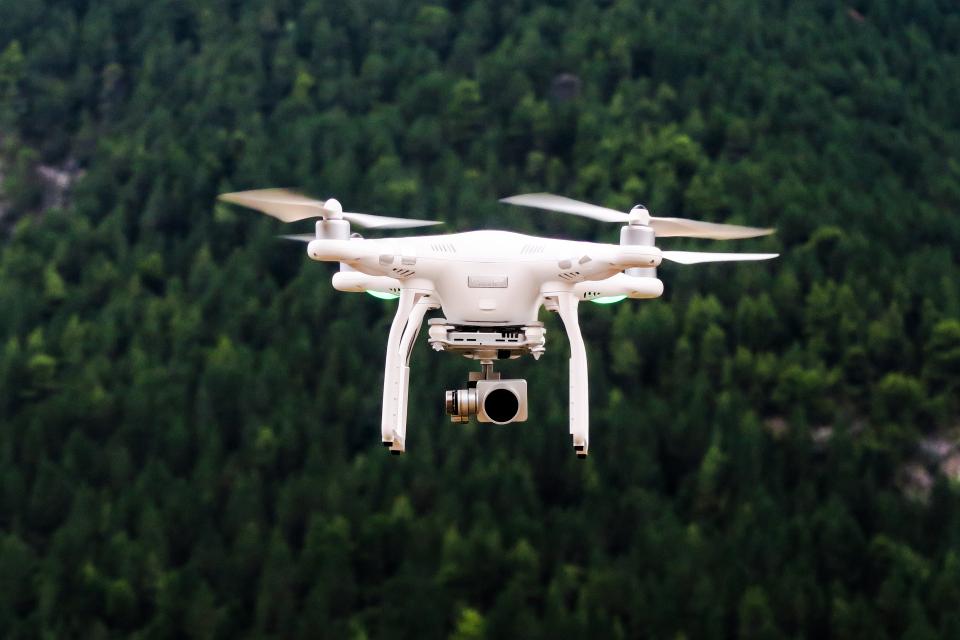
Drones have become increasingly popular in recent years, with individuals and businesses alike adopting this new technology for a range of purposes. From professional photography to delivery services, drones offer a wealth of opportunities. However, with these opportunities come risks, particularly the danger of drones crashing into people or objects.
The risks associated with drones have been well-documented, and it is crucial that drone operators understand the potential dangers that they pose. Perhaps the most significant risk is the chance of a drone colliding with a person, which could cause serious injury or even death. Additionally, drones can cause significant property damage if they crash into buildings or other structures.
There are several reasons why drones may be more likely to crash than other forms of aircraft. Firstly, they are often flown by inexperienced operators who may not fully understand how to control the drone safely. Secondly, drones are often flown in urban areas where there is a higher chance of collisions with objects. Finally, drones are much smaller and lighter than traditional aircraft, which means they may be more susceptible to wind gusts and other weather conditions.
Here are the primary dangers posed by drones:
- Privacy Invasion: One of the foremost concerns surrounding drones is the invasion of privacy. With the ability to hover discreetly and capture high-resolution images and videos, drones can encroach upon personal spaces, public events, and even restricted areas. This intrusion raises concerns about the violation of privacy rights and the potential for misuse by individuals with malicious intent.
- Safety Hazards: Drones share airspace with manned aircraft, creating a potential collision risk. If operated without proper knowledge or in restricted airspace, drones can interfere with commercial flights, endangering the lives of passengers and pilots. Even a small drone colliding with an aircraft’s engine or windshield can have catastrophic consequences.
- Security Threats: The accessibility of drones has raised security concerns worldwide. Their ability to carry payloads and maneuver through sensitive areas poses a potential threat. Drones have been exploited for smuggling contraband into prisons, conducting illegal surveillance, and even as potential weapons in terrorist attacks. These security risks necessitate stringent regulations and countermeasures to ensure public safety.
- Public Nuisance: When misused or operated recklessly, drones can become a nuisance. Unwanted buzzing sounds, invasion of personal spaces, and disruptions during public gatherings can negatively impact individuals’ quality of life. Ensuring responsible drone use is essential to maintaining harmony in both urban and rural environments.
- Cybersecurity Vulnerabilities: As drones become increasingly connected and reliant on wireless networks, they become vulnerable to hacking and cyber-attacks. A compromised drone could be manipulated to collect sensitive data, conduct surveillance on individuals or organizations, or even be used as a weapon by hackers. Robust cybersecurity measures are crucial to safeguard against such threats.
Regulations on the Use of Drones
To address these concerns, governments around the world are enacting regulations to ensure responsible drone operation. These regulations typically cover aspects such as registration and licensing requirements, flight restrictions near airports and sensitive locations, and guidelines for maintaining safe distances from people and property.
Speaking on the need for responsible drone use, John Smith, an aviation safety expert, emphasizes, “While drones offer immense benefits, their potential dangers cannot be ignored. It is imperative that operators undergo proper training, familiarize themselves with local regulations, and prioritize safety above all else.”
Public education and awareness campaigns play a pivotal role in promoting responsible drone use. Raising awareness about the potential risks and encouraging a culture of responsible flying can mitigate dangers and foster a safer drone environment for everyone.
As the drone industry continues to evolve, it is crucial to strike a balance between innovation and ensuring public safety. By addressing privacy concerns, enforcing regulations, and fostering responsible drone operation, we can harness the full potential of this technology while minimizing its risks.
Safety on Drone Flights
Given the risks associated with drones, it is crucial that operators take appropriate measures to ensure the safety of their flights. Firstly, operators should always conduct a pre-flight check to ensure that their drone is in good working order. They should also carefully plan their flight path to avoid populated areas and potential obstacles. Additionally, drone operators should ensure that they have appropriate insurance coverage in the event of an accident.
In conclusion, drones are a powerful tool with great potential. However, it is essential that operators recognize the risks associated with drones and take appropriate measures to mitigate them. By doing so, we can all enjoy the benefits of this exciting technology while also ensuring the safety of those around us.

Leave a Reply